NITRA, SLOVAKIA—The Slovak Spectator reports that a Nestorian Christian community dating to the seventh and eighth centuries A.D. is being mapped and investigated on Failaka Island, which is located in the Persian Gulf. Karol Pieta of the Archaeological Institute of the Slovak Academy of Sciences said the people who lived in the settlement of more than 140 buildings kept cattle, grew grain, and processed semiprecious stones. “The extensive collection of raw materials has been preserved in the complex, semiprecious stones, mostly amethysts, which probably originate from Sri Lanka and are evidence of long-distance trade,” Pieta said, adding that the amethysts were carved into bead shapes that were fashionable and in demand in Europe. Ceramics and decorated glass jars were also uncovered at the site. To read in-depth about investigations on Failaka, go to “Archaeology Island.”
Gemstone Workshop Discovered at Medieval Island Site
News June 5, 2019
Recommended Articles
Digs & Discoveries September/October 2025
Good Night, Sweet Prince
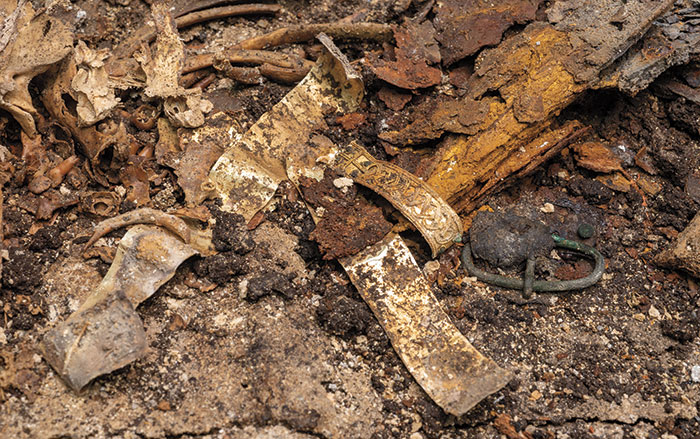
Features September/October 2025
How to Build a Medieval Castle
Why are archaeologists constructing a thirteenth-century fortress in the forests of France?
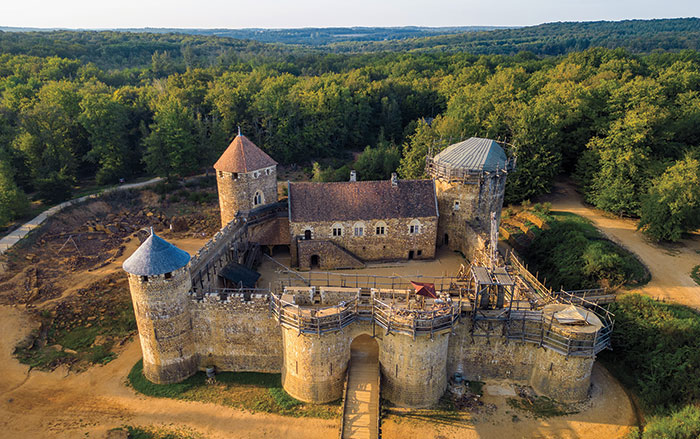
Features January/February 2025
Medieval England’s Coveted Cargo
Archaeologists dive on a ship laden with marble bound for the kingdom’s grandest cathedrals
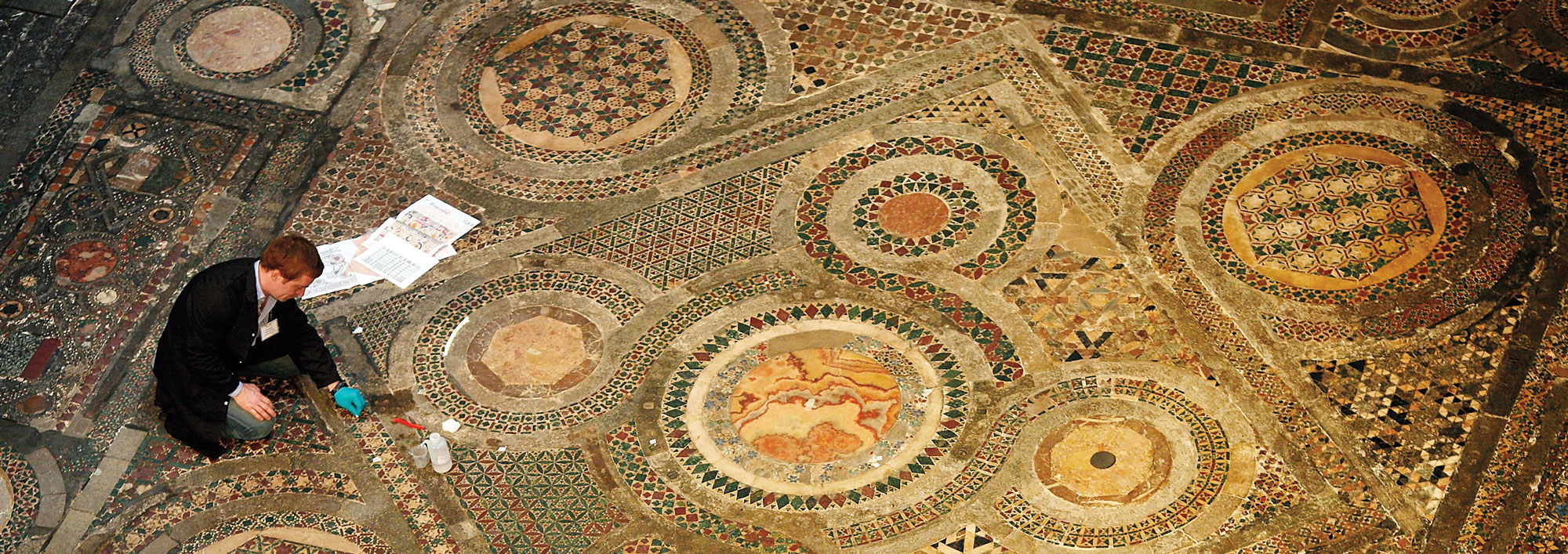
Artifacts May/June 2024
Medieval Iron Gauntlet
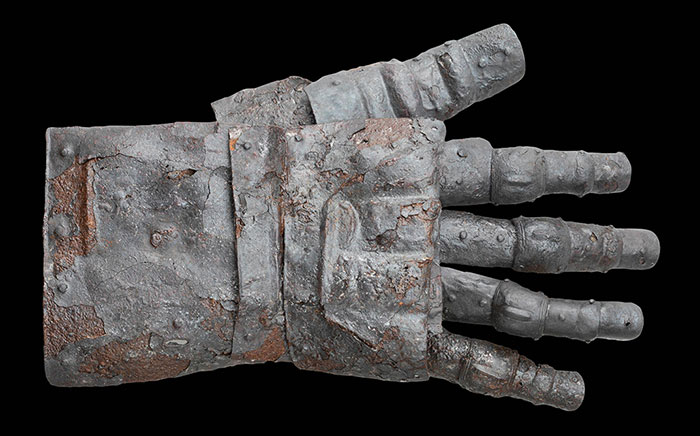
-
Features May/June 2019
Bringing Back Moche Badminton
How reviving an ancient ritual game gave an archaeologist new insight into the lives of ancient Peruvians
 (Courtesy Christopher Donnan, Illustration by Donna McClelland)
(Courtesy Christopher Donnan, Illustration by Donna McClelland) -
Features May/June 2019
Inside King Tut’s Tomb
A decade of research offers a new look at the burial of Egypt’s most famous pharaoh
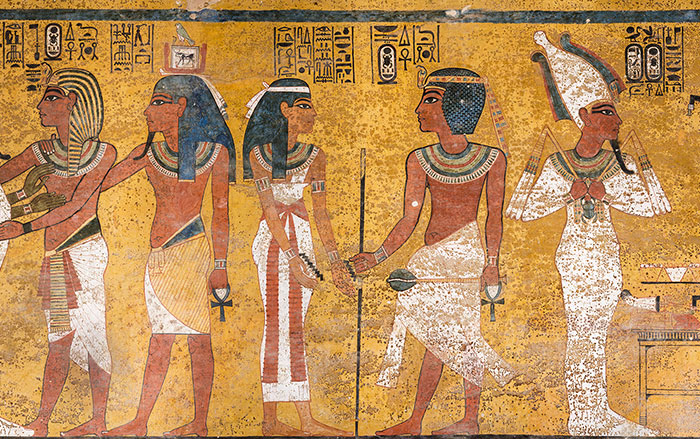 (Courtesy Factum Arte)
(Courtesy Factum Arte) -
Letter from the Dead Sea May/June 2019
Life in a Busy Oasis
Natural resources from land and sea sustained a thriving Jewish community for more than a millennium
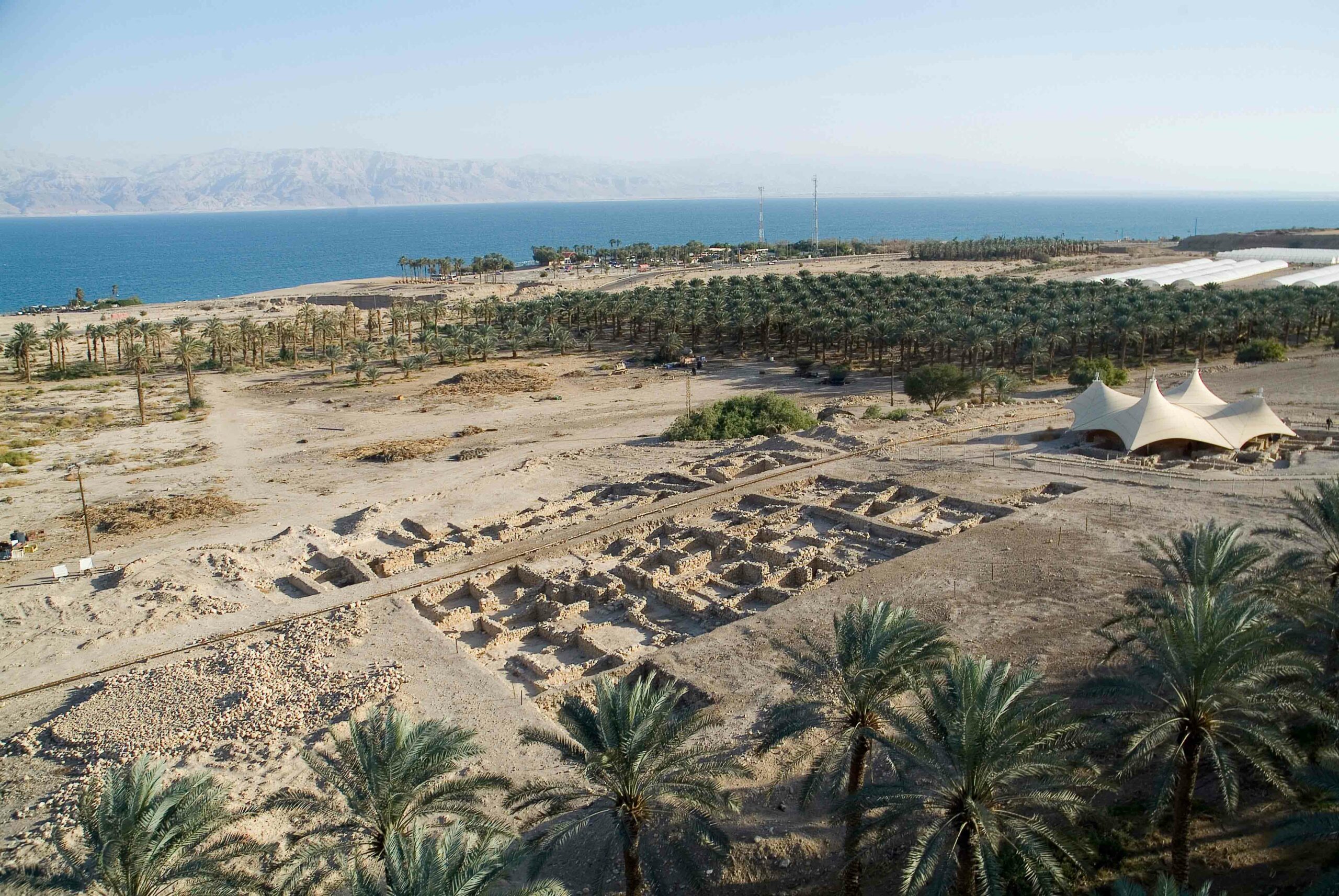 (Duby Tal/Albatross/Alamy Stock Photo)
(Duby Tal/Albatross/Alamy Stock Photo) -
Artifacts May/June 2019
Ancestral Pueblo Tattoo Needle
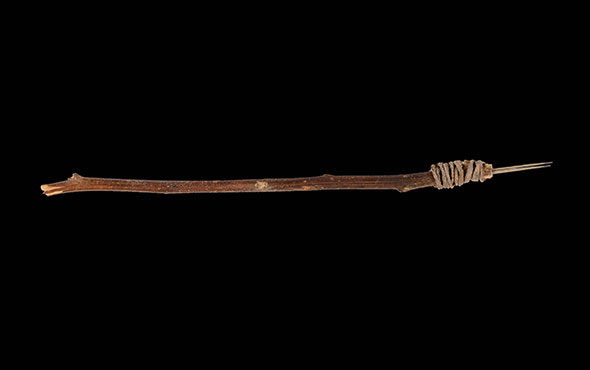 (Robert Hubner/Washington State University)
(Robert Hubner/Washington State University)



